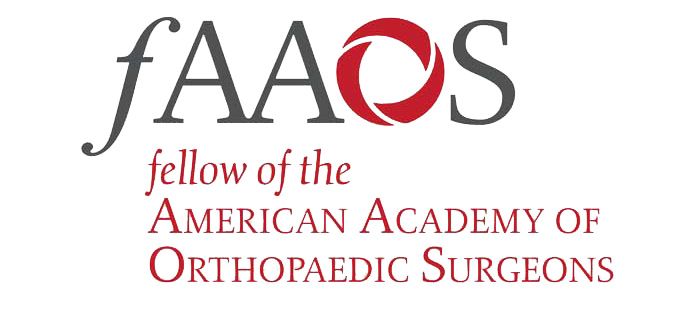Treating complex joint problems can only be successful once an accurate diagnosis has been reached. Normally, performing a diagnosis involves using an MRI scan. However, MRIs tend to come with a multitude of problems, especially when it comes to handling issues within the joints such as the knees, elbows, and ankle. In recent years, newer techniques have been developed that have a better potential for the future. One of those new techniques is MI-Eye, a new technique for administering arthroscopy that can dramatically enhance people’s standard of care and treatment.
What is MI-Eye, and How Does It Work?
Mi-Eye is a diagnostic tool that helps orthopedists and joint specialists inspect the insides of the joints in real-time, removing the need to wait for results from MRI scans. Mi-Eye uses a handheld scope with a high-resolution camera and light source as a new method of in-office arthroscopy. When used on an affected joint, it provides immediate imaging that can be seen on a display device or tablet, which can be used for a quick, accurate diagnosis. Its visualization techniques work with a small mi-eye scope inserted into the joint to diagnose problems in it, offering video outputs that give your doctor an immediate treatment plan with quicker outcomes.
For orthopedists, this device provides a greater degree of control, especially when it comes to viewing angles and magnifications. It provides a higher degree of detail of the affected joint, giving complete and total control, making it an excellent alternative to MRI. MRI procedures tend to require additional scheduling and visits, delaying diagnosis and increasing maintenance costs. Some patients may not be candidates for MRI scans, especially those with medical braces and claustrophobia. MI-Eye removes these issues by providing a much friendlier experience for patients.
How Does MI-Eye Aid Anthroscopic Procedures?
MI-Eye provides a complete, alternative method for orthopedists who perform in-office arthroscopies. In many ways, it helps remove the need for out-patient arthroscopies when suspecting intra-articular pathology present in the joint areas and helps promote more conservative care for patients with complex joint issues. Through an excellent continuity of care, these forms of diagnosis help patients in chronic pain situations, as the aftercare for patients is short-term and typically resolves within 24 hours. With MI-Eye, there are very few risks associated with the procedure, and through extensive experience, many orthopedists can take advantage of this technology and improve their quality of care for patients.
MI-Eye procedures can be used for cases where there’s an undiagnosed condition inside the joint, such as meniscus tears, cartilage injuries, signs of osteoarthritis, labrum tears, and other foreign materials in the area. The procedure overall is practically painless as local anesthesia is used to numb the affected area before diagnosis, and a small needle attached to a camera is inserted into the area for observation. Most insurances cover MI-Eye, and as one of the most effective methods to date, it is recommended that almost every orthopedic clinic should invest in this technology to improve patient care.





